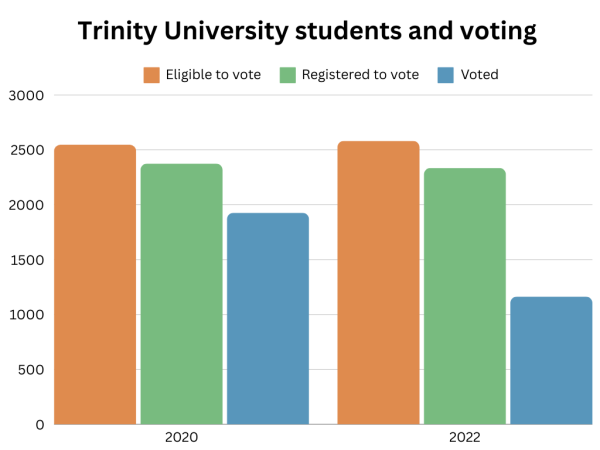Football’s rotten core
American football needs to fundamentally change
With the NFL Playoffs in full swing and the recent conclusion of college football season, late January is when football, America’s most popular sport, is most relevant. As such, any football league would prefer that fans not look too deeply into the spectacle’s more insidious side.
However, if you’ve paid much attention to American football over the past decade, you’ve likely noticed its PR problems. Recently, the NFL drew criticism for attempting to resume a game after Buffalo Bills safety Damar Hamlin had a heart attack on the field. While the incident itself was a freak accident, it does reflect the NFL’s priorities regarding another more widespread issue.
Roughly 300,000 football-related concussions occur annually out of 1.7 to three million total sports-and-recreation-related concussions. Additionally, roughly 20% of high school players and 10% of college players sustain brain injury.
The prevalence of brain injuries in football is very concerning for many reasons, the biggest being chronic traumatic encephalopathy (CTE). Resulting of excessive concussions, CTE causes a progressive decline in cognition, alongside depression, issues with impulse control, dementia and other symptoms.
CTE is only diagnosable posthumously, meaning it affects people who don’t know they have it. It can even affect young people, an infamous case being former NFL tight end Aaron Hernandez’s being diagnosed with CTE after dying at 28.
Research on CTE in football players is damning. A study of 202 brains of football players found that 177 (87%) of them had CTE, including three of 14 high school players, 48 of 53 college players and a whopping 110 out of 111 NFL players. Other studies found CTE in 79% of football players and 96% of NFL players.
NFL issues this year make this particularly relevant. Miami Dolphins quarterback Tua Tagovailoa likely suffered three concussions in the 2022 regular season, one of which occurred after he was allowed to play just four days after probably suffering an undiagnosed concussion.
In a separate incident, New England Patriots receiver DeVante Parker suffered a concussion that went unnoticed by officials and medical personnel. Parker was only taken out of the game because his teammate noticed before the next play.
When these incidents of injury mismanagement happen in the NFL, it calls into question how often they happen at lower levels where there’s less of a spotlight and players have less power. Additionally, the prevalence of concussions in the NFL, combined with the inability of doctors to properly manage them, points to problems with football as a sport.
Bear in mind, this is a sport that children are allowed and often encouraged to play. While many credible organizations suggest not allowing children to play contact football until age fourteen, it is still played in middle school and at even younger ages.
Football continuing to exist in its current form is too big of a risk when the only benefit is comfortable familiarity. People don’t like changes to things they enjoy, but the time to get over that for anyone involved in football is now. It’s time for fundamental changes to the game’s rules that drastically decrease hits to the head.
Given that the NFL has more influence and resources than any other football organization, its support would be needed to implement drastic rule changes. However, the NFL showed active hostility towards researchers of CTE, and did not admit that a problem existed until 2016. Given this, it is unlikely that they would show any support when the sport’s popularity continues to grow.
It is well beyond the scope of this article’s influence to call for a national strike of football players, but one thing anyone reading this can do is avoid football. Stop playing it if you can, and don’t allow children to play it. Encourage people you know to take the same actions.
The link between football and CTE is clear, and the risk is disproportionate and unnecessary. The fact that football has remained mostly the same for so long indicates profound greed on the part of the organizers of the sport and calls into question how many more football players need to have their lives turned upside down before substantial action is taken.
As such, until football changes, the sport is a threat to the lifelong well-being of anyone who plays it, and its organization is ethically irresponsible. There are many popular sports that do not pose the same threat of brain injury, and anyone participating in organizing football without calling for rule changes is complicit in this threat’s perpetuation.

My name is Colin Houston and I'm the News section editor at the Trinitonian! I'm a senior political science major and have lived in San Antonio my whole...

Hi guys! My name is Lily Zeng, and I am a sophomore from Memphis, TN majoring in Urban Studies with an interest in a Spanish major or minor. My favorite...







Eric Houston • Jan 27, 2023 at 8:47 am
Great article. One thing of note as well, is the revenue that the NFL receives from sponsors greatly dictates their decision making. Follow the money. Always. Drastic changes could potentially means loss of revenue and they wouldn’t want that.